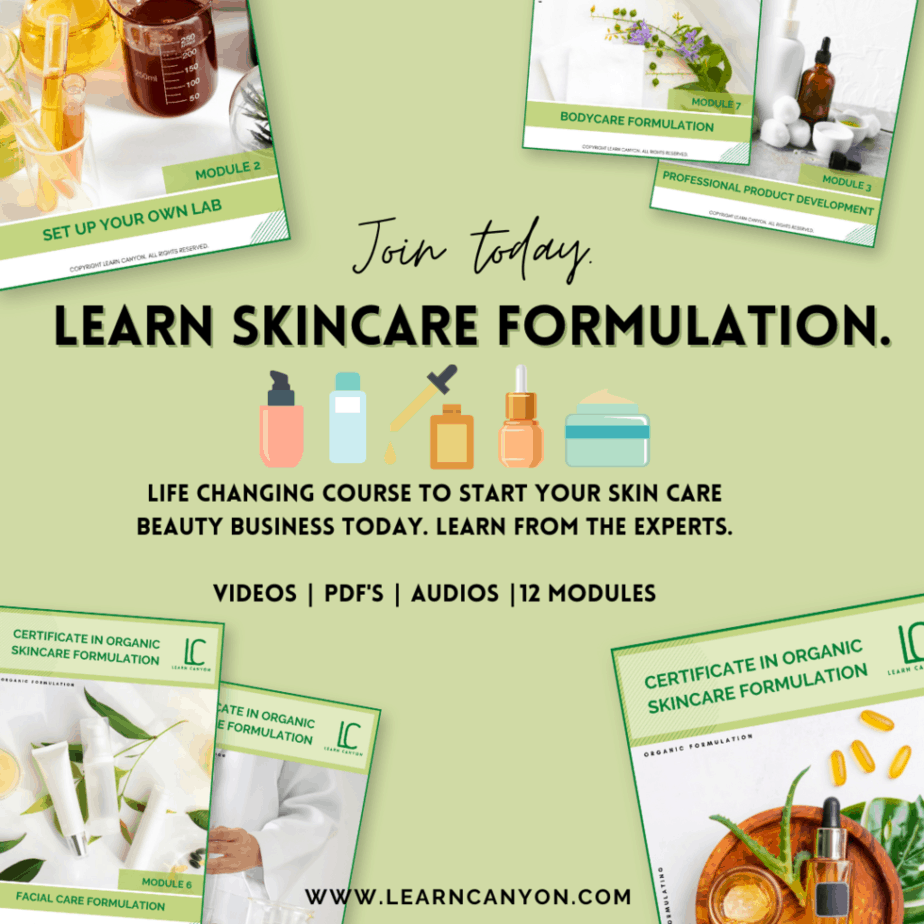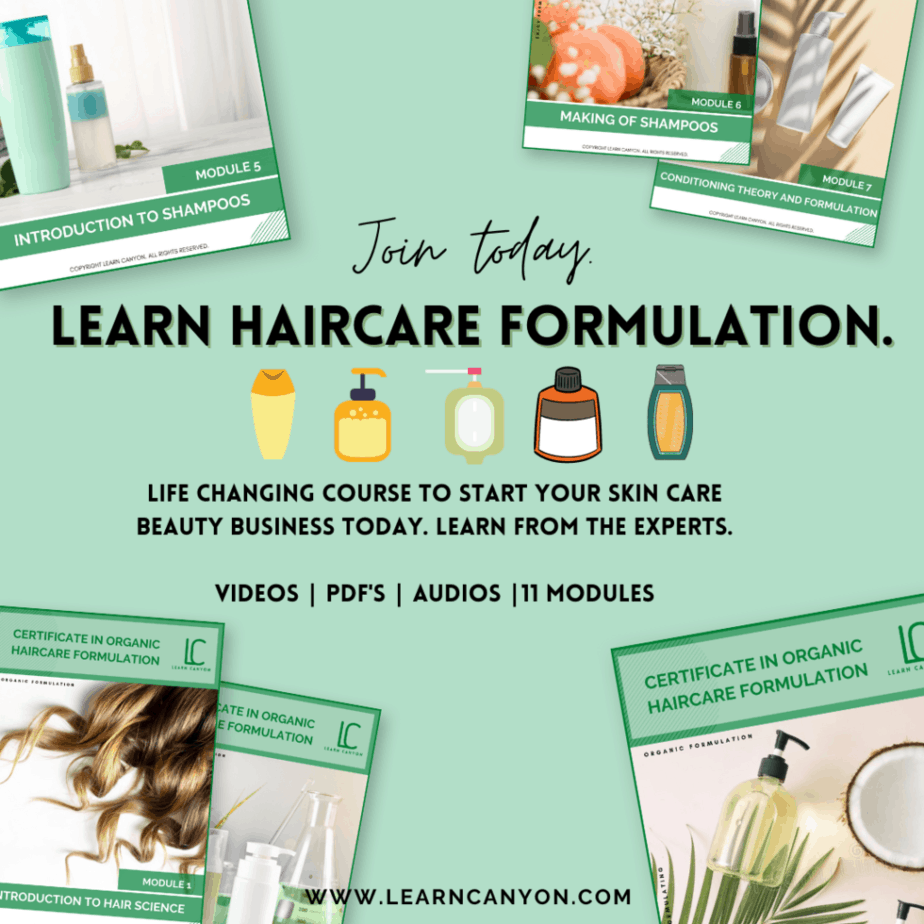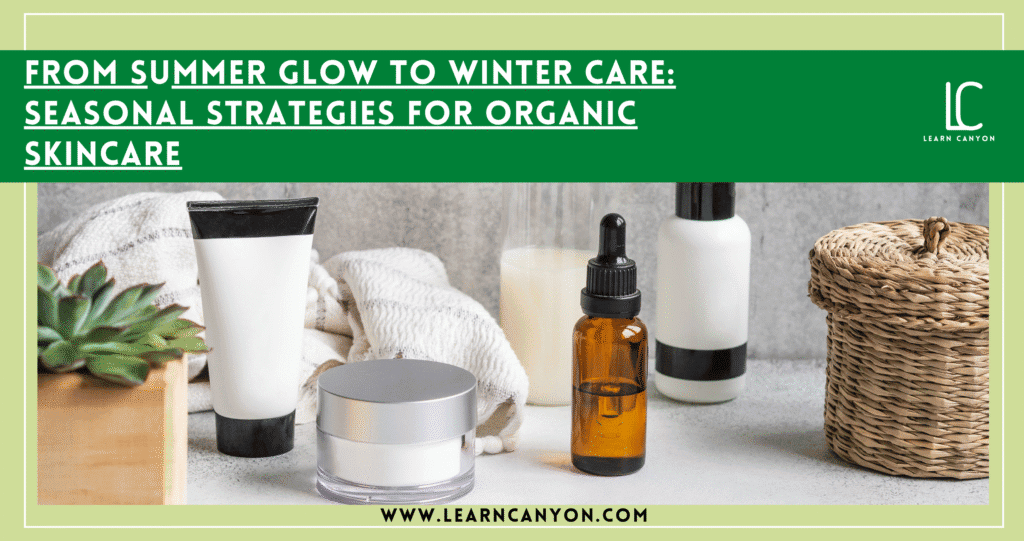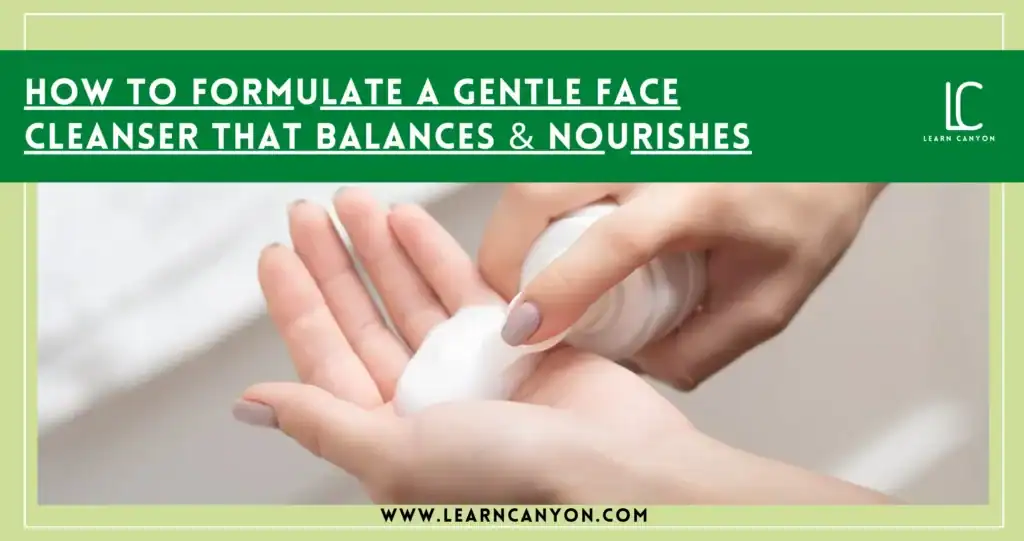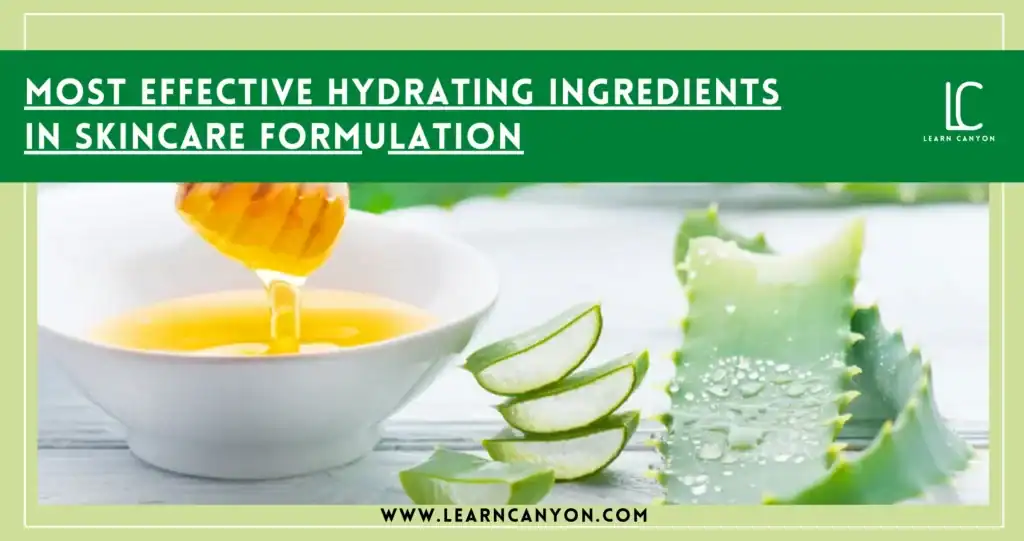Let’s face it, our skin isn’t the same all year round.
The dewy, fresh-faced glow we enjoy during the monsoons often gives way to dryness in winter or excess oil in the peak of summer. And that’s completely normal! Just like the Earth moves through seasons, our skin goes through cycles too, responding to humidity, temperature, UV exposure, and even wind.
As organic skincare formulators, we have this beautiful opportunity to create with intention, to align our formulations with the rhythm of nature. Seasonal skincare isn’t just a trend; it’s a mindful approach that respects both the skin’s needs and the environment it lives in.
In this blog, we’re going to explore how each season brings its own challenges and how you can tweak your organic skincare formulations accordingly, whether you’re crafting for yourself or for your brand. From cooling summer gels to nourishing winter balms, I’ll walk you through strategies that help your formulations breathe with the seasons.
Ready to let nature lead the way?
Let’s dive in.
Summer Skincare
Ah, summer, longer days, golden sunshine, and that unmistakable warmth in the air. But while the season feels vibrant and alive, our skin often has a different story to tell. Increased sun exposure, sweat, and pollution can lead to breakouts, dehydration, and dullness if we’re not formulating with intention.
In summer, the goal is to keep the skin light, cool, and protected. This is where refreshing hydrosols, gentle humectants, and antioxidant-rich extracts truly shine. Think aloe vera juice, cucumber hydrosol, and glycerin for hydration without heaviness.
They deliver moisture without the greasy feel, exactly what the skin craves in humid, sweaty weather.
When it comes to protecting the skin, antioxidants are non-negotiable. Vitamin C, green tea extract, and pomegranate extract help combat free radical damage caused by UV rays and pollution. If you’re crafting daily moisturizers or serums, incorporating these actives gives your formulations that extra summer shield.
Texture-wise, ditch the thick creams. Go for fast-absorbing emulsions, milky serums, or gel-based moisturizers. If you’re formulating SPF products, summer is the perfect time to introduce zinc oxide or red raspberry seed oil for natural sun protection, just remember to test thoroughly if you’re aiming for a specific SPF rating.
And let’s not forget the sensorial aspect. Summer formulations should feel cooling, calming, and refreshing. Peppermint hydrosol, chamomile, and even a dash of menthol (used with care!) can elevate the experience and provide that beautiful “cool breeze” sensation on the skin.
Formulation Tip: I like to use lighter oils like squalane, jojoba, or watermelon seed oil during summer. They’re non-comedogenic and offer nourishment without clogging pores, ideal for keeping skin fresh and happy.
Autumn Skincare
Autumn is that gentle whisper between the intensity of summer and the harshness of winter. It’s transitional, not just in nature but in how our skin behaves too. After months of sun exposure, salt water, sweat, and possibly a little sunscreen build-up, the skin is often left feeling depleted and uneven. This is the perfect time to hit reset and replenish what summer stripped away.
As formulators, autumn is our season to focus on skin barrier repair, hydration restoration, and prepping the skin for colder days ahead. This is where soothing, healing ingredients really come into play. Think oat beta-glucan, calendula extract, allantoin, and niacinamide, gentle but powerful ingredients that help calm irritation, reduce redness, and strengthen the skin’s natural defenses.
Autumn is also an ideal time to introduce mild exfoliation. Not the aggressive kind, we’re talking gentle fruit enzymes like papaya (papain) and pineapple (bromelain), or a touch of lactic acid to encourage cell turnover and reveal a fresher, smoother complexion. This sets the stage for better absorption of moisturizers and serums during winter.
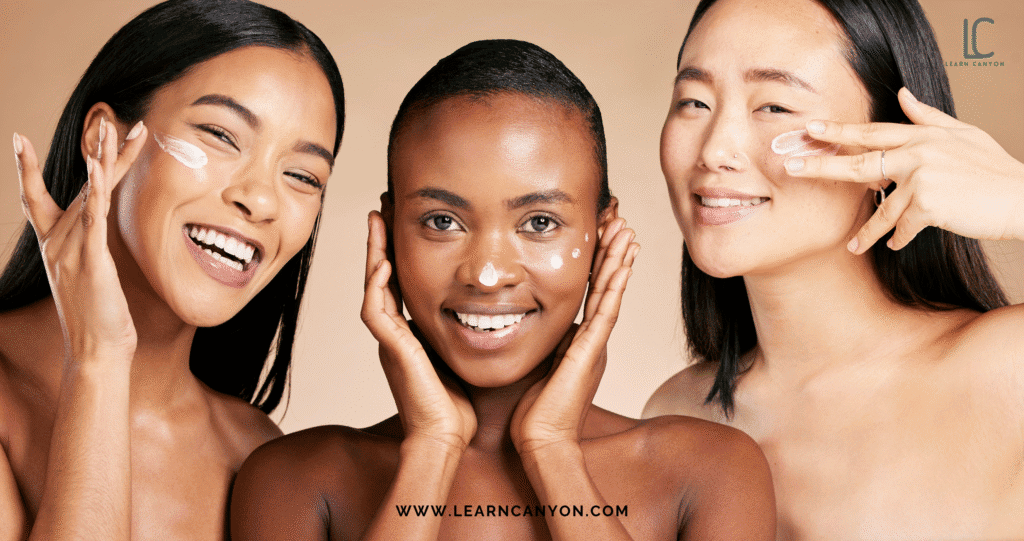
Texturally, this season calls for a shift. We move away from lightweight summer gels and begin incorporating soft lotions and emulsions with a bit more body. I love using ingredients like sunflower oil, jojoba, and murumuru butter to create products that are hydrating yet breathable.
Formulation Tip: Consider building your autumn line around recovery. A gentle enzyme exfoliant, a replenishing serum with oat extract and niacinamide, and a barrier-repairing moisturizer make a beautiful seasonal trio.Autumn isn’t about overwhelming the skin, it’s about restoring balance and preparing it to thrive through the cooler months. And honestly, there’s something so satisfying about creating formulas that help the skin exhale after the heat of summer.
Winter Skincare
Winter has a way of testing our skin’s resilience. Between harsh winds, low humidity, and indoor heating, the skin barrier can easily become compromised, leading to dryness, flakiness, tightness, and sometimes even inflammation. This is the season when our formulations need to wrap the skin in a cocoon of deep nourishment and lasting protection.
When I formulate for winter, I always think of it like layering up the skin, just like we do with scarves and sweaters. Rich butters like shea, mango, and kokum are winter heroes. They provide emollience and create a soft, protective film that locks in moisture. Combine these with heavier oils like rosehip, sea buckthorn, marula, or wheat germ, and you’ve got a skin-soothing powerhouse.
This is also the time to bring in occlusives more confidently. A touch of beeswax, candelilla wax, or even lanolin (if you’re not going fully vegan) can go a long way in shielding the skin from transepidermal water loss (TEWL). I personally love using oat lipid or squalane to boost that moisture retention without making the formula feel greasy.
Now, hydration shouldn’t take a backseat, even in winter. In fact, it’s essential to include humectants like glycerin, panthenol, and hyaluronic acid to attract and retain water in the deeper layers of the skin. But here’s the trick: always pair your humectants with a good emollient and occlusive layer. Otherwise, in dry air, that water can evaporate off the skin, leaving it more dehydrated.
Formulation Tip: Winter is the perfect time to explore balm-to-cream textures, overnight masks, rich cold creams, and barrier-repair ointments. If you’re building a winter skincare line, consider a hydrating essence, a deeply nourishing moisturizer, and a protective day balm.
Also, don’t forget about soothing. Winter skin is more prone to micro-cracks and inflammation, so ingredients like calendula, chamomile, bisabolol, and beta-glucan are wonderful to include.
In short?
Winter formulations should feel like comfort food for the skin, warm, nourishing, and oh-so-satisfying.
Spring Skincare
Spring is like a breath of fresh air, not just for the environment, but for our skin too. It’s that magical time when everything starts to bloom again, and just like nature, our skin craves a gentle reset. After months of heavier products and environmental stress, spring invites us to refresh, detox, and bring back that natural glow.
This is the perfect season to formulate lighter, more breathable products that awaken and brighten the skin. I love focusing on detoxifying botanicals, gentle exfoliants, and glow-boosting ingredients during this time. Think willow bark extract (a natural source of salicylic acid), green tea, licorice root, and vitamin C derivatives, all amazing for brightening and evening out the skin tone.
It’s also a great time to reintroduce fruit enzymes or low-strength alpha hydroxy acids (like lactic or mandelic acid) to slough off winter’s buildup and allow the skin to breathe again. Just remember, moderation is key, the goal is to polish, not peel!
Texture-wise, we’re transitioning out of thick winter butters and into silky emulsions, gel-creams, and hydrating mists. Floral hydrosols like neroli, rose, and lavender add a beautiful sensory touch while helping to tone and calm the skin.
Formulation Tip: Spring is ideal for a “Glow Ritual” set, a gentle exfoliating mask, a brightening serum with niacinamide and licorice, and a feather-light moisturizer packed with antioxidants. This trio brings energy and life back to dull, tired skin.
And don’t forget, with more time spent outdoors, skin will begin to face more UV exposure again, so antioxidant support and a lightweight SPF product are lovely additions for spring formulations.
In essence, spring skincare is all about renewal. It’s time to shed the old and welcome radiance. Let your formulations mirror the season, fresh, floral, and full of life.
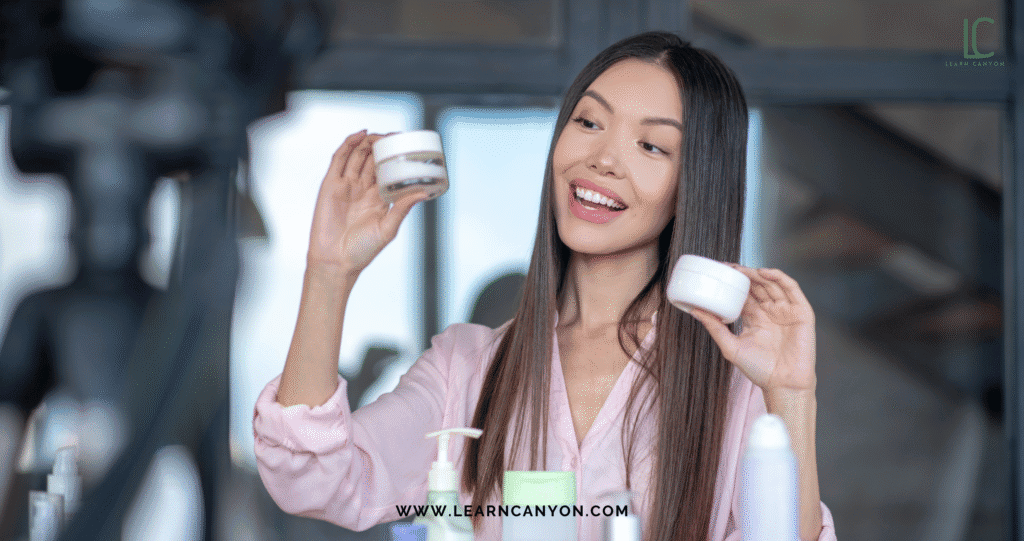
How to Adjust Formulas Seasonally as a Formulator
Let’s talk about the real magic of formulation, flexibility. One of the most rewarding aspects of being a formulator is that we’re not just following a recipe… we’re crafting experiences that evolve with the seasons. And once you start understanding how climate and skin behavior shift throughout the year, you’ll start seeing your formulas through a whole new lens.
So how do we actually adjust seasonally?
Start with your base texture. In summer, go for lighter emulsions, oil-free gel moisturizers, or hydrating mists. In winter, shift to richer creams, balms, or oil-based serums. The core ingredients might stay the same, but tweak your oil-to-water ratio, butter content, or even emulsifier choice to suit the texture and feel needed for the season.
Humidity plays a role too. In humid environments, skin may prefer non-occlusive, fast-absorbing products, so opt for light oils like jojoba or squalane and avoid waxy or heavy occlusives. In dry or cold climates, go heavier with emollients and add that protective layer, like beeswax, lanolin, or thicker butters.
Also, don’t forget the active ingredients. You might want to amp up antioxidants and soothing extracts during summer and spring (to fight sun and pollution exposure), while winter and autumn call for barrier-repair heroes, panthenol, ceramides, beta-glucan, and nourishing oils.
Preservatives and pH are another consideration. If your formulation has higher water content and you’re introducing botanical extracts or hydrosols that vary with the season, always double-check pH stability and microbial protection. Some natural preservatives also perform better in certain climates, so keep that in mind when designing seasonal lines.
And here’s a bonus tip, labeling and marketing your seasonal adjustments adds value to your customer experience. People love when a brand anticipates their needs. Naming a product “Summer Calm Gel” or “Winter Comfort Cream” connects with the user emotionally and seasonally.
Formulation Tip: Create a seasonal formulation spreadsheet where you track which ingredients or textures work best by climate and time of year. Over time, you’ll develop a library of seasonal formulas you can cycle through or launch as limited editions!
Climate-Based Formulation Tips
Not every region experiences the four classic seasons, and that’s where climate-based formulation truly shines. Whether you’re creating for a humid coastal town, a dry desert landscape, or a snowy mountaintop, understanding local climate conditions helps you craft skincare that actually works for the user.
Let’s break it down by climate so you can tweak your formulas accordingly, or better yet, build product lines that are geographically smart.
Tropical Climates: Hot, Humid, and Often Oily
Formulation Focus: Lightweight, non-greasy, and breathable.
Skin in tropical climates tends to sweat more and produce excess sebum. The challenge? Creating hydration without heaviness.
- Go for water-based gels, light lotions, and mists.
- Use non-comedogenic oils like jojoba, hemp seed, or watermelon seed oil.
- Include astringents and mattifying botanicals like witch hazel, green tea, and bamboo extract.
- Cooling agents (like peppermint hydrosol or cucumber extract) feel amazing in this climate!
Formulator tip: Avoid butters and waxes unless they’re in rinse-off or spot treatment products.
Dry Climates: Low Humidity, High Dehydration Risk
Formulation Focus: Hydration + water retention.
In dry climates, skin loses water fast. Here, your goal is to hold on to hydration and strengthen the skin barrier.
- Use humectants (glycerin, sodium PCA, hyaluronic acid) in higher concentrations.
- Pair with occlusives like shea butter, beeswax, or candelilla wax to prevent TEWL.
- Oils like argan, avocado, and rosehip work beautifully here.
- Introduce barrier-repair actives like panthenol, beta-glucan, and ceramides.
Formulator tip: Create dual-layer routines, for example, a hydrating serum followed by a sealing balm.
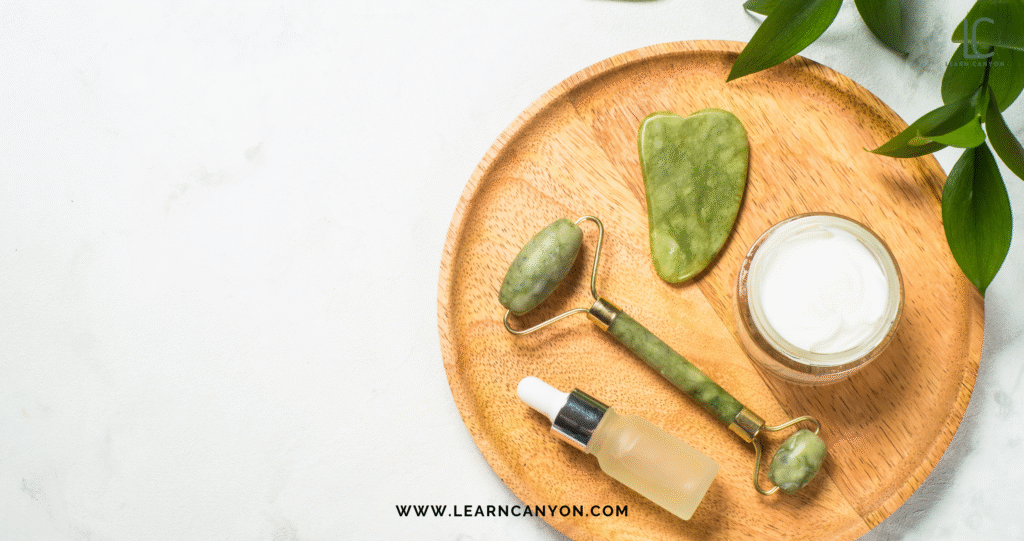
Cold Climates: Wind, Snow, and Indoor Heating
Formulation Focus: Protection + deep nourishment
Cold weather compromises the skin barrier, plus, heating systems suck the moisture right out of the air.
- Formulate richer creams and balms with a high percentage of emollients and occlusives.
- Use warming and soothing herbs like calendula, chamomile, or bisabolol.
- Thicker textures like cold creams, overnight masks, or protective day balms are ideal.
- Look for skin lipid-mimicking ingredients like oat lipid or squalane.
Formulator tip: Include anti-inflammatory actives to calm winter-induced irritation and redness.
Humid Climates: Sticky Air and Product Overload
Formulation Focus: Hydration without the heavy
In high-humidity zones, even dry skin types tend to feel congested when layering products. The trick is to give moisture while staying ultra-light.
- Use hydrating mists, essences, and milky emulsions with low oil content.
- Keep formulations non-occlusive and fast-absorbing.
- Use natural film formers like aloe vera gel or hydrolyzed proteins to lock in hydration.
- Ingredients like niacinamide help regulate oil production and improve skin texture.
Formulator tip: Less is more, go minimalist in your ingredient list to avoid overwhelming the skin.Formulating for climate isn’t just about skin type, it’s about skin behavior in a specific environment. When you start crafting with climate in mind, your products become more effective, relatable, and truly personalized.
Formulator’s Tips: Seasonal Product Ideas for Your Brand
Now that we’ve walked through how skin behaves through the seasons and climates, let’s bring it all together with something I absolutely love, product planning! If you’re a brand or a budding formulator, creating seasonal skincare isn’t just great for the skin, it’s also a fantastic way to build excitement, stay relevant, and offer limited-edition collections that your customers will look forward to.
Think of your seasonal products as a way to sync your brand with nature’s rhythm, each formula like a love letter to the current season.
Here are some inspired, formulation-friendly ideas to get you started:
Summer Lineup
Cooling Hydration Gel – Aloe vera base with cucumber extract, green tea, and a touch of peppermint hydrosol.
Antioxidant Mist Toner – Featuring niacinamide, hibiscus, and raspberry seed extract for UV protection and glow.
Mattifying Daily Emulsion – Lightweight lotion with squalane, rice starch, and a hint of tea tree for oily-prone skin.
Marketing angle: “Beat the heat with skin that breathes.”
Autumn Essentials
- Gentle Enzyme Exfoliating Mask – Papaya and pineapple enzymes paired with soothing honey or aloe.
- Barrier-Boost Serum – Oat beta-glucan, panthenol, and niacinamide, ideal for seasonal transition.
- Replenishing Cream – Light but nourishing, with jojoba oil and calendula extract.
Marketing angle: “Reset your skin for the cozy season ahead.”
Winter Comfort Kit
Deep Nourish Balm – Shea butter, seabuckthorn, and beeswax to lock in moisture and protect.
Overnight Repair Cream – Ceramides, avocado oil, and chamomile for overnight rejuvenation.
Hydrating Essence – Glycerin + hyaluronic acid with a hint of neroli or rose hydrosol for skin plumping.
Marketing angle: “Wrap your skin in winter wellness.”
Spring Glow Collection
- Brightening Serum – Licorice root, Vitamin C derivative, and niacinamide.
- Floral Mist – Rose, lavender, and neroli hydrosols with a touch of panthenol.
- Glow Gel Moisturizer – Lightweight with hyaluronic acid, aloe, and fruit AHAs for gentle renewal.
Marketing angle: “Let your skin blossom with the season.”
And here’s my favorite tip, create seasonal rituals. A 3-step routine (cleanse, treat, moisturize) adapted to each season becomes an easy sell, an educational moment, and a customer favorite. You can even offer them as quarterly subscription boxes or curated bundles!
As a formulator, this approach not only adds depth to your brand story but also shows that you’re thinking of your customer’s skin in real-time, with real-world conditions. It’s smart, soulful, and super engaging.

Conclusion
As formulators, we often look to science for structure, but nature? Nature gives us rhythm.
Tuning into the seasons isn’t just a beautiful philosophy; it’s a smart, skin-aligned strategy that elevates your formulations and builds deeper connections with your customers. Each season brings a new energy, a shift in mood, and a change in how skin behaves, and we get to respond with intention, care, and creativity.
Whether you’re blending a refreshing mist for the heat of summer, a comforting balm for winter dryness, or a glow-boosting serum to celebrate spring, let nature lead the way. The more we formulate with the seasons instead of against them, the more our products feel like they belong, to the moment, to the skin, and to the story of the Earth.
So, take a look at your current formulations. Could they use a seasonal twist? Or maybe your brand is ready for a year-round ritual that mirrors the ever-evolving cycle of life? Trust me, when you start formulating seasonally, your products don’t just perform better… they feel more alive.
Let’s keep creating with heart, with purpose, and always, in harmony with nature.


